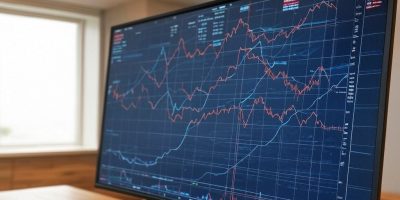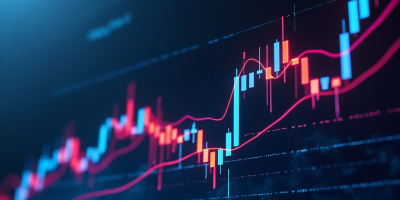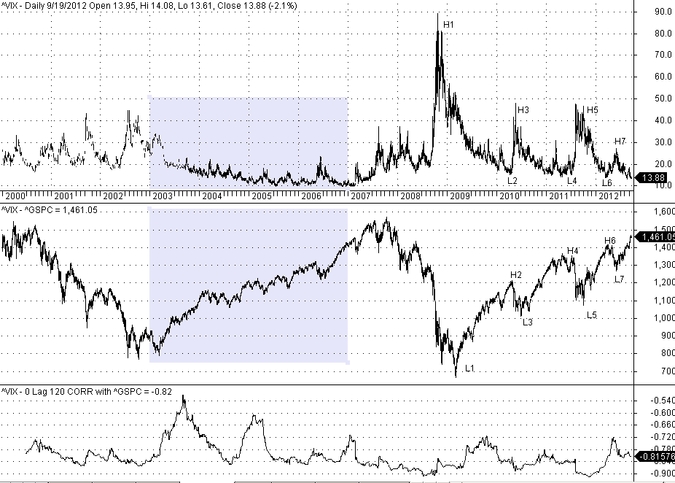In my opinion, most of what one reads about VIX and its relation to stock market moves can be attributed to common misconceptions and chart illusions and possibly to some misinformation campaigns where the non-technical investor is the target. The chart I post in this blog should convince you that the view that low VIX is associated with a rising market is a remnant of the past (1), low VIX has recently signaled short-term profit taking (2) and a high VIX has often signaled a bottom in prices (3).
The top pane shows a daily chart of VIX and the middle pane shows a daily chart of S&P 500 index. The lower pane is their 120-day rolling correlation. The shaded rectangles display an extended period covering 4 years where VIX stayed at relatively low levels while the S&P 500 index was on a strong uptrend. The stock market performance during that period is in my opinion the reason why some, mainly journalists and non-technical analysts, have associated low VIX levels with rising markets.
However, after the market collapse in 2008, it may be seen from the chart that high VIX levels are associated with short-term market bottoms and low VIX levels with short-term market tops. Unsuspected investors with no access to, or knowledge of, technicals, hear journalists claim the VIX has hit low levels and that is an indication of a sustainable rally. They go ahead and buy at high prices, because the chart shows that after low prices of VIX a correction often follows. Is this done on purpose? I have no idea about that. What I know is that there are many misconceptions about trading and investing, as well as a lot of misinformation.
As I have already argued, VIX has zero predictive capacity and it simply tracks the inverse of price. Thus, when prices rise, everyone jumps in giving the impressions that the risk is low. As a result, VIX drops and this is the reason that the 120-day correlation has stayed between -0.71 and -0.91 in the last 8 years. However, at some point some investors start taking profits, naturally. Then VIX starts rising because price falls. This is the story and it is in principle simple. However, some – notably journalists and academicians – have attributed to VIX more than its share of common sense. The result is that some unsuspected investors pay the price and it is often high. It costs them a lot more than High Frequency Trading (HFT), which may chop away a few cents of the entry price where wrong timing due to misconceptions perpetuated by journalists and some naive technical analysts acting as stock market advisers can cost 10% or even 30% of the stock price. But it is peculiar that it is also journalists and academicians who praise the predictive capacity of VIX and mostly attack HFT.
There is no cause and effect relationship possible between any derivative of price, like VIX, and price. This should not be that hard to understand.







